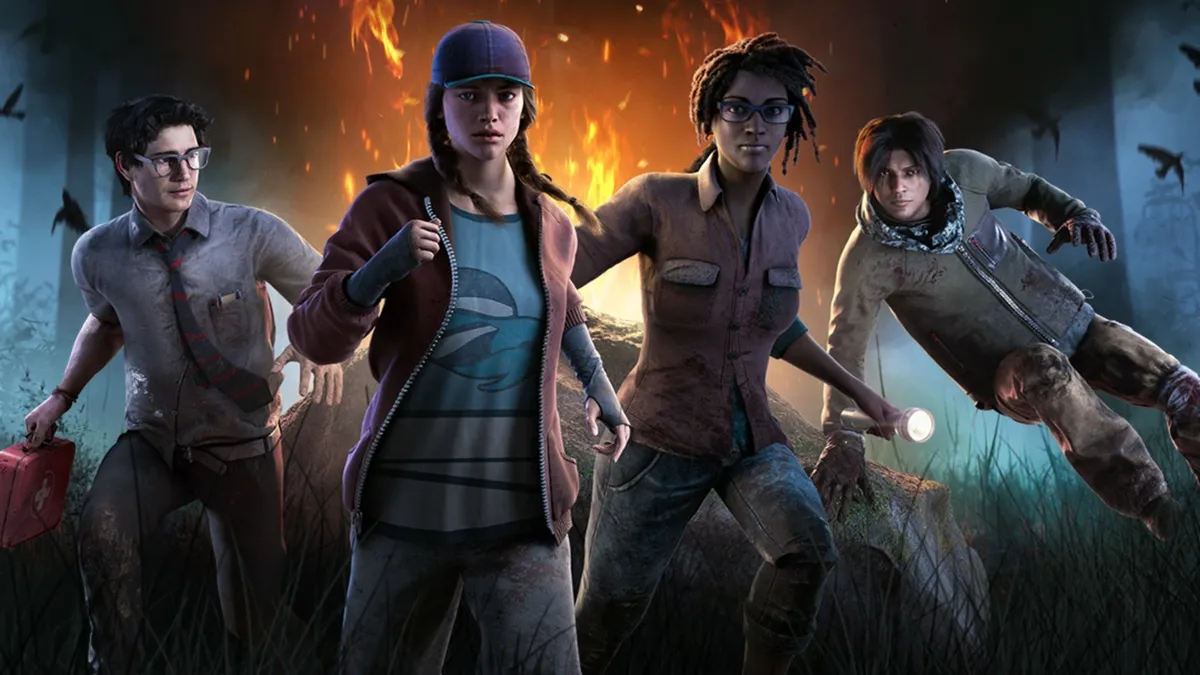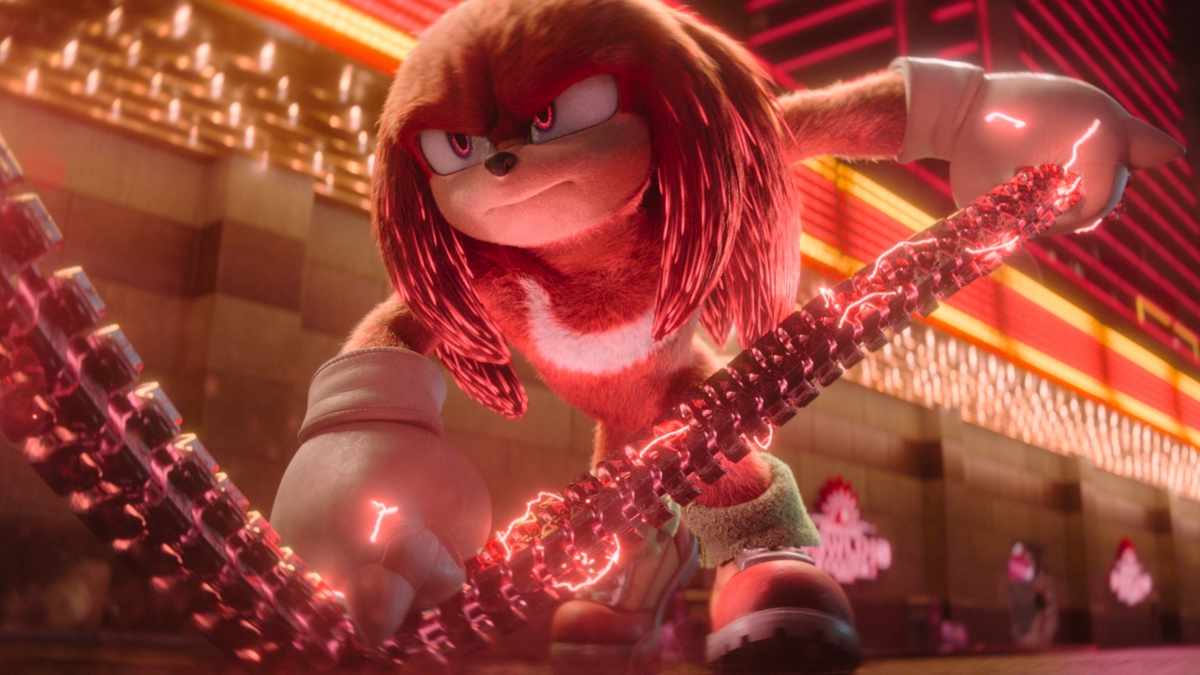One of the most talked about launch titles for the Nintendo 3DS is Samurai Warriors: Chronicles – the latest iteration in the popular Dynasty Warriors spin-off series. Both of the aforementioned series have huge followings in Japan and tend to sell extremely well on the part of the globe, whereas North American gamers tend to either love them or hate them.
Despite the lukewarm reception its games have received in the west, Koei decided to give the game a chance to impress the opinionated gaming population of North America, with the hope that they could win over some new fans with a technically impressive hand-held version with three-dimensional visual capabilities. The result is a mixed bag that some will love and others will want to pass on. There are certainly some impressive features found within its grey cartridge, but it still features some of the same issues that its console parents are known for having.
For the first time in the series, Samurai Warriors: Chronicles features a player creation tool, which allows gamers to create either a male or female warrior. The goal is to take them through a lengthy series of battles, where they’ll make important choices regarding allegiances, form friendships and ultimately become powerful and legendary warriors.
The hopeful conclusion being that they will influence the great battles between the East and the West, as well as rivaling factions (Uesugi, Hojo and Takeda) during Japan’s Sengoku period. Each person’s character will be different based on questions that are asked during this process, which lead to different statistical classes such as the fool, gambler, hero or heroine. The male and female bases differ in the weapons that they can carry. The male gets a katana and a gun, whereas the female uses two swords.
Like its predecessors, the series’ first hand-held iteration takes place during a tumultuous period in Japanese history, where factions and armies were battling for various things. As your chosen character, you must play through four chapters of large-scale battles, pledging allegiance to the warriors and armies that you trust, ultimately having a great influence on the wars they are waging. Peace is a dream that is seemingly only available through war, as each side wants different things.
The storyline is very intense and somewhat convoluted, as the sheer amount of things that are going on at each time can end up becoming a tad overwhelming. That becomes especially true once the game’s role-playing elements start coming into fruition as you progress through the game’s first chapter. Not only is this a tactical action game with hack and slash gameplay, but it could also be considered a role-playing game for more than one reason.
During the course of the game’s lengthy campaign, your characters’ abilities, weapons, items and even their clothing, must all be minutely managed. Each of the game’s many unique warriors (all of which feature their own unique stats, strengths, weaknesses and custom abilities) must be managed individually, which can become overwhelming for those who aren’t used to micro-managing on such a large scale. Weapons can be purchased at the shop or picked up in battle, consisting of many types such as katanas, guns, fans and gigantic melee weapons.

All of the aforementioned weapon types are broken down into three separate statistical classes (normal, speed and strength) allowing you to customize each character’s speed and attack power. A weapon and item synthesis ability is available, but it’s quite expensive, so you’ll want to make sure to plan out which weapons you will want to level up via combination.
Arms are the primary item that you will want to manage, but there are also many different types of items (which grant your warriors unique performance upgrades in different categories) as well as gems that can be fused into your weapons for added elemental abilities and statistical upgrades. Needless to say, there’s a lot to manage other than your character’s basic personal relations.
Battles wage on over large battlefields, with designs formed from various natural and man-made features, such as fields, bridges and castles. Players are responsible for a total of four warriors during each battle – only one of which stays consistent throughout the campaign, and that is your created samurai warrior.
The rest of your badass ensemble is dependent on the battle, and the armies who are a part of it. Each mission is structured in a similar fashion, with a success scenario and, conversely, a scenario that guarantees failure, which is usually the demise of one of your team members or the enemy being successful at a takeover attempt.
Most of the time, you’re trying to either protect an area from being overrun or attempting to take out a primary target or two from the opposing army. You succeed by performing this task after attempting to complete as many of the secondary missions that pop up during the battle, and eventually lead up to your admittance to your final objective. Sometimes you can rush and complete the final scenario quickly, but there are a lot of times where events must occur to make them possible for completion.
For example, your primary target may be behind a locked gate that will only open after a certain period of time, or once a specific task is completed. Generally speaking, the missions are quite basic in structure and tend to feature vague objectives, making you constantly check the pause menu for more details, which unnecessarily takes players out of the experience.
Combat is controlled using the 3DS’ face buttons, giving you separate buttons for your light and heavy/ranged attacks, as well buttons that allow you to jump and block. It’s very easy and seamless, allowing for some epic combos and pretty special musou moves which can be performed by your lonesome or while synthesized with one of your party members. All of the game’s playable characters have their own unique special abilities and can pull off various types of interesting combos. Switching between characters is fast and easy – performed at the touch of the stylus. You can also set patrol paths for the warriors you’re not using.
The amount of strategy that comes into play can be dependent on the difficulty that you choose, however life replenishing items are in good supply on each map. The only major drawback to the game’s control scheme is something that has plagued other Omega Force/Koei titles, including Dynasty Warriors 7. That would be mount control, as the equestrian mounts that you can ride tend to control poorly, with a lack of precision turning and galloping speeds that feel too slow. It’s something that was done better in the N64 days, so it’s hard to overlook it.

While they take a break from the game’s involved campaign, gamers can check out their stats, progress, unlocked friendship events and give cutscenes another spin, in the in-game vault. It is available via its main menu and also features the game’s sole multiplayer mode: Street Pass wireless multiplayer battles. This simulated competitive mode allows you to take on your friends using the 3DS’ Street Pass feature.
Each player picks their team and decides what their strategies and set-ups will be before launching the computer-controlled battle. It’s too bad that there wasn’t a more fully-realized multiplayer component with some sort of matchmaking, because this included mode lacks any originality or immersion. Not only that, but it’s also going to be difficult for a lot of 3DS adopters to find people to play with in the same room. It’s a missed opportunity for a co-op mode or something along those lines.
The game’s art style is pretty, utilizing coulourful playable character models that are pretty well-designed and animated. The hand-held’s upgraded graphics capabilities really shine, and its processing power does a great job of displaying quite a few enemies on-screen at once. Though it’s to be expected that the total amount shown at once is quite a bit less than Koei’s console titles have been able to show. Combat is fast, smooth and pretty to watch, with varied animations for each character’s basic and special attacks.
Computer generated cutscenes are also included in limited supply, and look gorgeous on the device’s upper screen which displays all of the on-screen action, while the lower screen handles menus and maps. Though it’s not all roses. Samurai Warriors: Chronicles is impressive on Nintendo’s new gadget, but it does have its drawbacks. There is a lot of enemy pop-in, as well as a wonky camera that doesn’t always do a great job of displaying the battlefield. Neither one of these issues is anywhere close to game breaking however.
Samurai Warriors: Chronicles’ three-dimensional visual capabilities are impressive in some regards, but are not necessary to fully enjoy the game. While it adds depth on the battlefield, it doesn’t do a whole lot more during combat, so you can choose to either leave it on or off while playing. However, it does add some nice visual flair (and noticeable depth) to the game’s dialogue scenes, where two or three characters are on the screen at once. Chronicles is much more impressive for its technical achievements in visual design and processing than its 3D, but there’s nothing to really complain in regards to it.
Generally speaking, the game’s audio is also well-crafted. Its original score sounds good and does a serviceable job at setting the tone of each battle, though it isn’t memorable. The developers made a wise decision not to dub the default Japanese voice acting, which adds a bit of authenticity to the experience and keeps it from being too cheesy. However, the voice overs and dialogue can become quite overbearing, as characters constantly jibber-jabber to each other before, during and after battles.
There’s a lot to read and listen to, which starts to get annoying and overwhelming after a while. There’s just too much going on at all times, with too much to follow and listen to. Role-playing game fanatics will be used to it, but a large portion of the gaming population will probably dislike this design choice.
It’s impressive how well the Samurai Warriors series has translated onto the 3DS from its console origins. The game’s development team at Omega Force did a great job of using the device’s technological capabilities to create a game that feels very much at home on the device. However, one thing they didn’t do was push the envelope even an inch. This game is very generic in its structure, lacking a hint of creativity. Its visuals look very nice and feature some well-animated character designs (for the warriors at least,) but the overall experience is old hat. The touch screen is only utilized for menu management, which is too bad, because there is the potential for its utilization in creative ways during the game’s special musou attacks.
Fans of the Dynasty Warriors series and its spin-off franchises will feel right at home, amazed by how well their beloved mechanics translated onto a smaller and less powerful device. However, the series’ unwillingness to change and evolve will alienate much of its targeted western audience.







